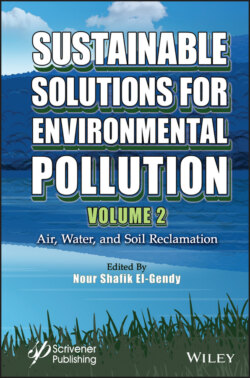Читать книгу Sustainable Solutions for Environmental Pollution, Volume 2 - Группа авторов - Страница 14
1.2 Basic Principles 1.2.1 Bioremediation
ОглавлениеStrictly speaking, the term bioremediation encompasses a set of remediation technologies based on the use of living organisms to degrade or extract pollutants from the waterbodies. Bioremediation technologies stimulate the natural processes of biodegradation (self-purification) and clean the polluted environment. They can be applied directly on site in the case of in-situ bioremediation, treating the contaminant on site, or remotely in the case of ex-situ bioremediation, where the contaminated soil or water is extracted for treatment at a facility near the polluted site, or elsewhere after transportation (EPA, 2013). Bioremediation techniques are sustained by natural processes of a physical-chemical and/or biological character by exploiting the natural purification capacities of living systems: NBSs, applied separately or in synergetic way (Daghio et al., 2017; Lofrano et al., 2017).
Whether they are physical-chemical, microbial- or plant-assisted, or both, all bioremediation techniques involve oxidation-reduction reactions. Indeed, the common denominator for all NBSs applied to bioremediation is the addition of sufficient electron acceptors or donors to oxidize the pollutant or to stimulate the living organisms that will oxidize the pollutant.
